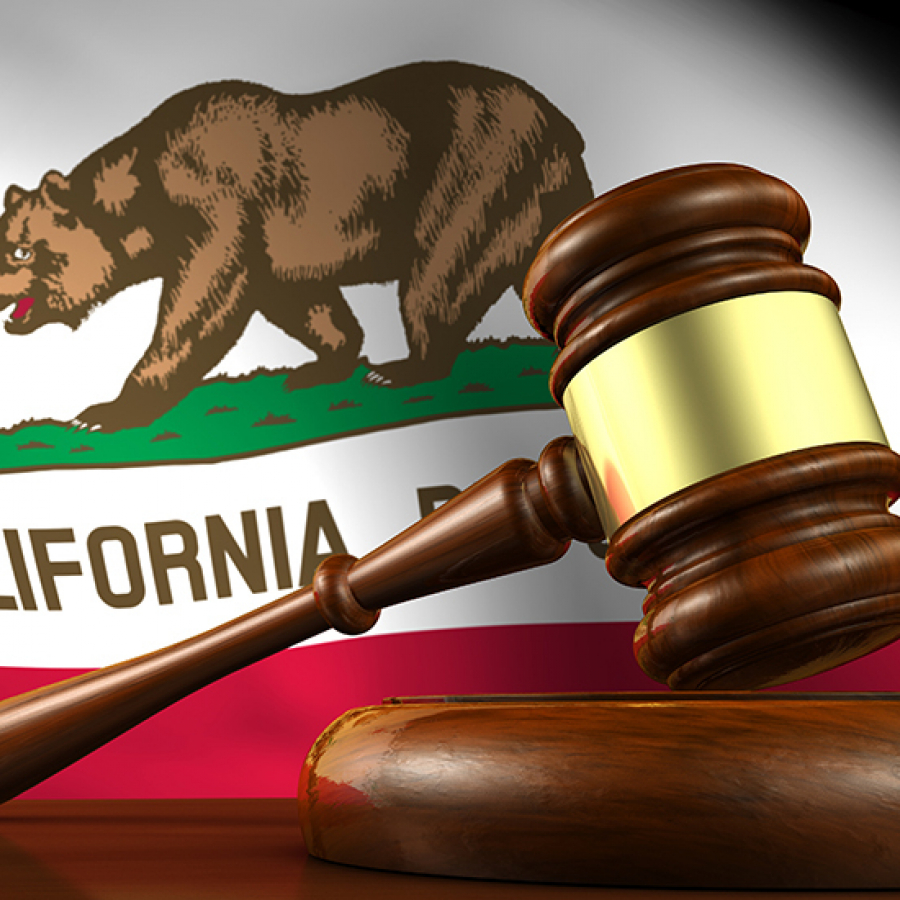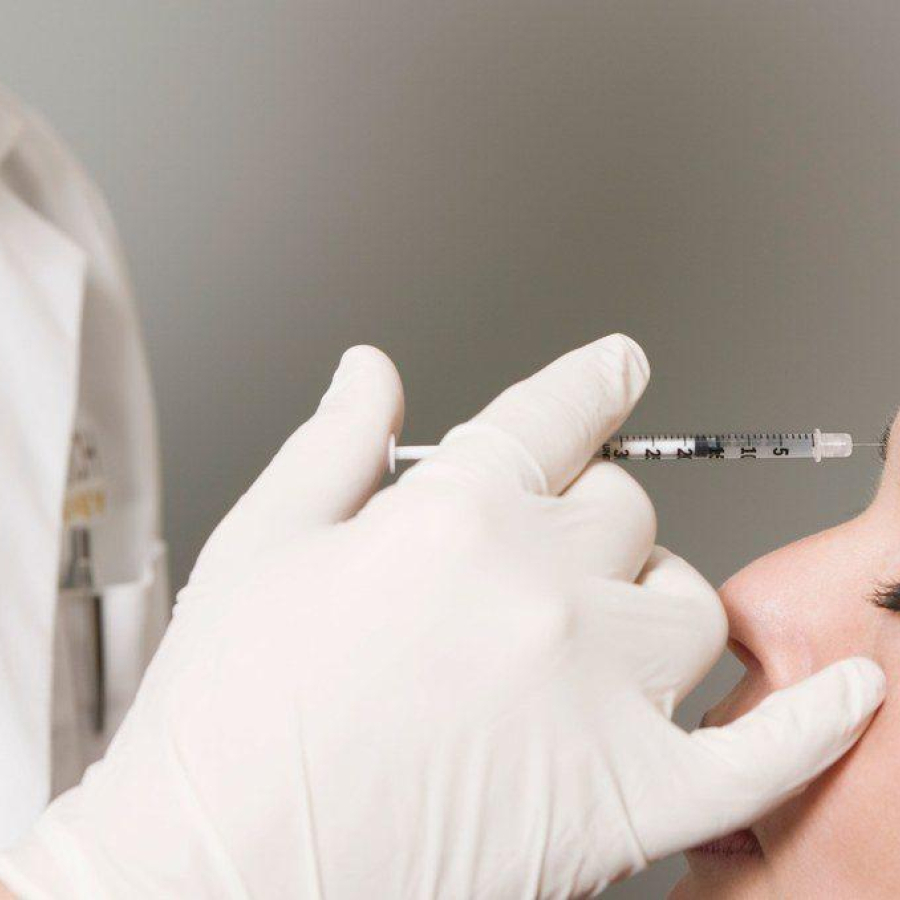
Legal
Second California Law That Affects MSOs Passes
California has now passed two laws that will have an effect on how investors, health care entities and management services ...
Posted By Mike Meyer, Monday, February 22, 2021

By Patrick O'Brien, JD, Legal Coordinator, American Med Spa Association
In recent years, advanced providers—physician assistants (PAs), nurse practitioners (NPs) and other advanced practice registered nurses (APRNs)—have been moving toward increased practice autonomy and independence. This year, in particular, has seen several major advances in this area in New York, Florida and Maine. Before examining these new developments, let's take a brief look at where this movement started and where it is now.
Like many things, the concept of advanced health practitioners who assist, extend and support physicians arose out of necessity. There has always been a shortage of physicians to meet the total need of the population. Simply due to the rigorous training process, the total supply of doctors will always lag behind the need for their services, and it can take years for their numbers to meaningfully grow.
Historically, rural populations and the military have been most in need of medical care with physicians in short supply. Rural populations typically were too sparse and spread out to sufficiently support full-time physicians. Also, during times of conflict, the military needs large numbers of trained personal to treat wounded service members. Both of these populations' needs were met through informal training at the side of a physician, which was a slow process with uncertain results. In the military, this informal training became more standardized over time, resulting in the creation of the Navy Hospital Corps and the Army Combat Medics. In civilian life, one-on-one apprenticeships became classes and, eventually, programs offered by institutions.
While this evolution was taking place, however, a counter development was occurring: State governments, realizing the dangers to the public of unskilled or fraudulent treatments, began instituting methods to control the provision of medical care. Again, these evolved over time to become the licensing requirements as they are known today and a formalization of the physician-apprentice relationship in the form of practice and supervisory agreements.
In 1965, the first PA and NP programs were offered by universities. Over the next few decades, these professions grew and expanded nationwide, and eventually PAs and NPs could be licensed in every state. Although each state's licensing and practice rules differed in the details for a time, they had several elements in common. They all allowed some form of prescriptive authority, and they all required some formal relationship with a physician. These physician relationships attempted to balance the two competing concepts of autonomy and oversight. On one end, the whole purpose of these advanced licenses is to improve access to health care services and to help make up for a shortage of physicians. This, of course, requires that the advanced practitioner has the freedom to act on their own judgment to implement a variety of patient care. Working counter to this is a perceived need to protect public safety by requiring close physician oversight.
There are a number of ways these concepts are reconciled. In most cases, advanced practitioners are able to operate within a limited scope of practice without the constant presence or direction of the physician. In turn, the physician and advanced practitioner need to have regular practice reviews and audits of patient files. Some states opted for weekly or monthly meetings, and some required on-site supervision or monitoring for a certain period each month. The written agreements that described the permitted scope of practice often needed to be approved or filed with the state medical or nursing board or, at the very least, mutually signed and agreed to by both the physician and the practitioner.
However, as time has passed, it is evident that patient outcomes and safety aren't harmed by allowing more flexible oversight requirements. Throughout the past few decades, a slow but steady trend toward reduced oversight requirements and formalities has emerged. Each state has progressed at a different rate and has taken different steps along the way, but these changes have some common threads. Frequent meetings and mandated periods of on-site supervision have given way to telephone conferences, and annual or flexible meetings. Rigid delegated scope of practice became more flexible. In many states, the supervisory relationship morphed into a collaborative one, in which the physician is more of a resource and consultant than an overseer.
However, the most consequential change has been in the written agreements themselves. In many places, the requirements have gone from written documents mandating board approval to unwritten relationships. For APRNs, this has gone even further, with many states doing away with the need for an agreement altogether and allowing them to practice as independent practitioners. As of this issue's publication, 27 states have passed laws allowing some form of independent practice, with 14 more offering reduced oversight or collaborative practice for APRNs.
Although independent practice has been the single largest recent development for APRNs, it really represents only one end of a whole practice autonomy scale, with many stops along the way. While no state has yet passed PA full practice independence, many have progressed quite far in reducing the restrictions placed on PA practice.
Recently, both California and Florida joined the ranks of independent practice states. (Check out the infographic on page 16 to see the states that offer independent practice and reduced physician oversight for APRNs.) Although they may be somewhat behind the curve, this is still a very significant change. Florida and California are the two states with the largest APRN populations, and they may influence other states to pass their own changes. However, even as these states move toward more practice independence, there are still clear markers of the concerns for public safety and oversight, as will be seen.
Florida adopted changes they refer to as "autonomous practice" for APRNs early in 2020. As the term implies, APRNs will be able to practice autonomously—that is, without physician supervision or oversight. To exercise this feature, APRNs must apply with and be approved by the Florida Board of Nursing. At a minimum, the APRN must have been practicing under physician supervision for at least five years or 3,000 hours of practice, as well as have taken additional courses in pharmacology and differential diagnosis. Part of obtaining autonomy involves new responsibilities and professional duties mirroring, in part, those of physicians; among these are requirements to maintain malpractice coverage and adhere to a new professional code of ethics. And, most importantly, APRNs are limited to providing "primary care practice" autonomously. The full rules on the scope of primary care have not yet been adopted, but its inclusion in the law will limit APRN practice in some fashion.
California passed its own independent practice law in late September 2020, partially in an effort to increase health care practitioners as a response to the COVID-19 pandemic. It also allows practice without a written agreement with a physician for APRNs who apply and have practiced for at least 4,600 hours. APRNs who qualify are permitted broad authority to diagnose, prescribe treatments and delegate tasks. However, as is the case in Florida, there are additional restrictions placed on this type of practice. Instead of enduring a limitation on scope of practice, APRNs are limited to practicing in a location where physicians also practice for at least three years. This essentially adds a transition-to-practice period for California APRNs wanting to strike out on their own.
As mentioned before, most of the major changes have taken place on the nursing side, but that does not mean PAs have not seen substantial reductions in practice restrictions. Most significantly, Maine has relaxed many of its supervision standards to the point where PAs can potentially enjoy many of the benefits that independent practice NPs do. PAs currently work under written supervision agreements with physicians that govern their scope of practice and prescriptive authority.
The new rules create a two-tiered system, with PAs now working in collaborative agreements with physicians and scope of practice agreements for health care system employers. The big change is for PAs with more the 4,000 hours of practice; they can work under a practice agreement with a physician for the purposes of consultation and collaboration.
Although all these agreements require prior board approval, they allow substantially fewer ongoing restrictions once approved. For example, a PA under a practice agreement with a physician can be the principal clinical provider and own their own clinic, providing many of the benefits of independent practice while retaining some of the traditional control "strings." If successful, Maine's action may lead to other states to try this method and additional relaxing of restrictions.
These are not the only changes to independent practice—just the latest and most impactful ones. Even as this is being written, new legislation addressing APRN independent practice has been filed in Virginia, and that certainly won't be the only state to do so next year. The national momentum is clear—advanced practitioners are fully capable of practicing safety and effectively without burdensome oversight requirements.
The real question for the future is how quickly each state will arrive at this conclusion. So far, PA independence has lagged behind that of NPs and APRNs, due, in part, to institutional inertia within state medical boards and the reluctance to take assisting physicians out of the PA scope. But as the need for medical care and the speed of change in the industry increases, these rigid meeting and document requirements will be seen as too burdensome and restrictive to manage in the real world. In the coming years, some form of practice independence for both PAs and APRNs in every state is very likely to come to pass, jump-starting innovation and changes not only in general medical care, but in the aesthetic medical field, as well.
AmSpa members receive QP every quarter. Click here to learn how to become a member and make your med spa the next aesthetic success story.
Related Tags
Medical spa news, blogs and updates sent directly to your inbox.

Legal
California has now passed two laws that will have an effect on how investors, health care entities and management services ...

Legal
A newly passed law in California will prohibit certain contractual provisions between medical and dental practices and private equity groups ...

Legal
By Patrick O'Brien, General Counsel, American Med Spa Association (AmSpa)The September bulletin from the Texas Medical Board (TMB) helps to ...

Legal
By Patrick O’Brien, General Counsel, American Med Spa AssociationOn September 23, 2025, the Alabama Board of Medical Examiners (BME) issued ...